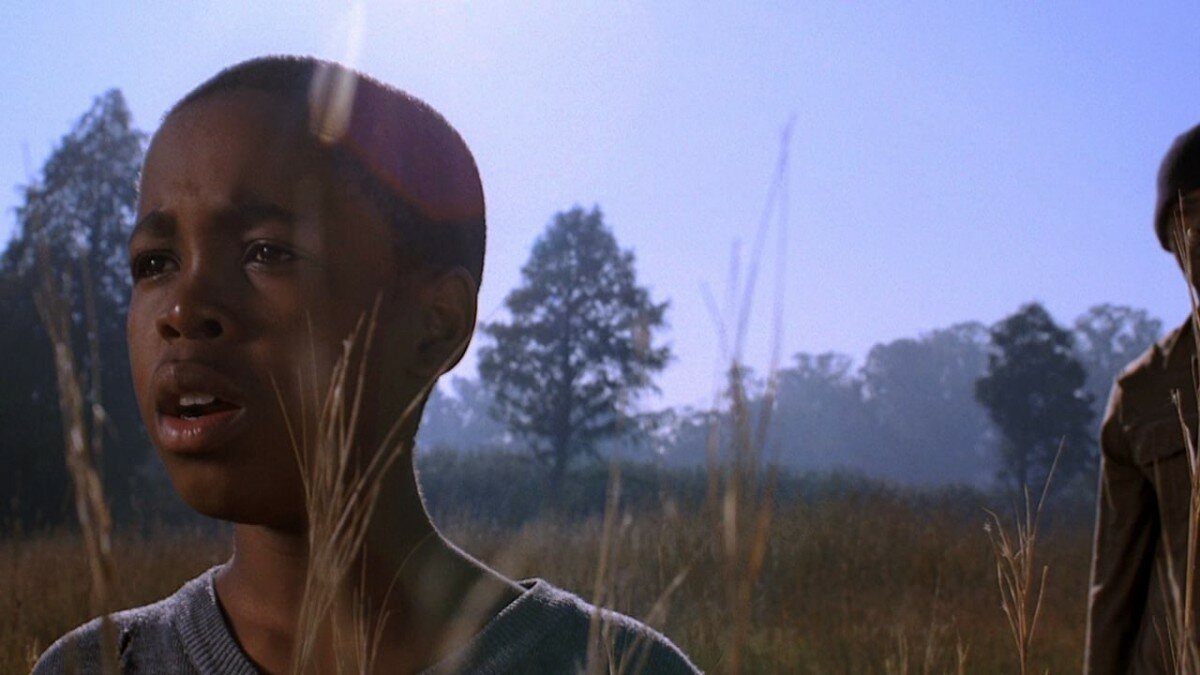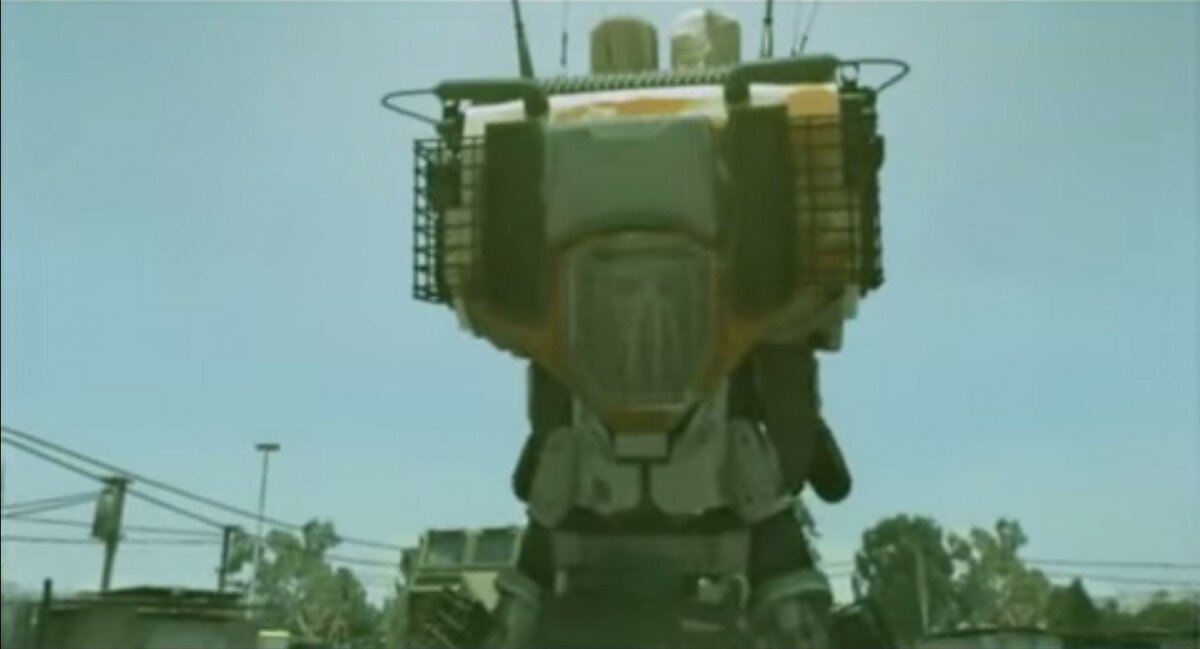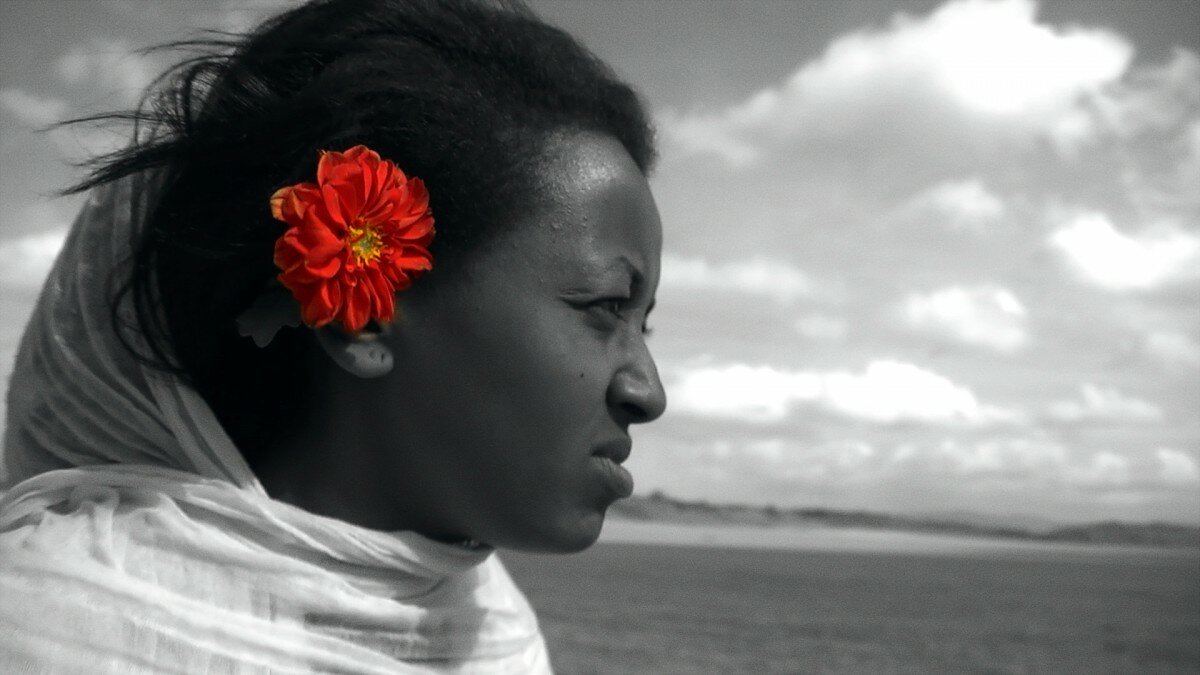
Future Myths: An Intro To African Sci-Fi Films
The first thing anyone says when the subject of African science-fiction comes up is, “That’s a thing?” Of course it is. Africa has always been full of stories. And we’re done letting others tell them for us. So if you’re wondering where to look to see the first glimpses of our own Afrofuturism, the answer is… anywhere.
Of course, science-fiction is an expensive genre to produce. VFX, starships, superheroes, these all cost money. And it’s true Africa can’t yet compete with Hollywood feature films in terms of scale the way it can in terms of imagination. It may take some getting used to, watching a very different sort of Sci-Fi, but these films throw up challenging new ways of thinking about Sci-Fi socially, politically and in terms of what our real future might look like. The closest place to find what we’re used to watching, though, would be South Africa, where artists have used the short, rather than feature film format to explore ideas of how we live in the modern day, shaped ever-more by technology.
Another thing everyone says when one brings up African sci-fi is, “You mean like District 9?” And, yes, we do mean like that. A lot like that, actually. As a nation, we like to claim District 9, but let’s face it the money and the audience were American. Look further back to Neill Blomkamp’s Alive in Joburg, the original 6-minute short that inspired the later film, that is a frenetic discovery of alien life. That, along with Tetra Vaal – the fake ad that became Chappie – kick-started the Afro-SF boom. But urban Sci-Fi lives from Jozi to Nairobi, and shorts like Jim Chuchu’s Homecoming (check out his badass NEST Collective’s work here), a Hitchcockian romance produced between S.A. and Kenya.
If the post-apocalypse is more your thing, though, you should check out Sweetheart, a black-and-white robotic love story featuring singer Inge Beckman that turns dusty Karoo farmland into a dreamlike landscape where we’re not quite sure what’s real and all our familiar images of South African culture, past and present, are broken down. Or go to Nollywood, where dystopian Lagos is the setting for Kajola 2059, a story of rebellion against the power of money and military dictatorship, an all-too-familiar reality across Africa. Nollywood is the only part of the continent using African finance to make films for African audiences, and while it’s not always successful and maybe (no, definitely!) tries to do too much with its small budget, this movie shows Africans’ ideas are as big as Hollywood’s. Its heroes and villains just as grand.
Although not truly science-fiction, the superhero movie has taken over popular imagination in much the same way as classic Sci-Fi. Marvel are about to introduce their first African superhero, Black Panther, but it’s been a few years since Umkhungo, Matthew Jankes’ story of an orphaned boy on the rough side of Jozi’s streets coming to terms with incredible powers. This origin story looks like it could have come straight from Marvel, but with the hard reality that often faces young African men.
And just as Hollywood took its sweet time giving us strong female superheroes, we’ve had them all along. 2016 is the tenth anniversary of Les Saignantes, a Cameroonian tale of two prostitutes in 2025 who possess supernatural spirit-powers, which they use to take down a corrupt and patriarchal government. The movie weaves together African mythology, superhero culture and MTV-style editing with a strong message of equality and liberation for women, both sexually and politically. African SF is just as much about looking at how we must change as it is about showing what we’re capable of.
On the other side of the continent, Pumzi, from Kenya, gives us another strong heroine, a mash-up of technology and traditional cultures and, in many ways, represents the best work we’ve seen in Afro-SF up to now (as well as the only one directed by a female filmmaker, Wanuri Kahiu, which is still unfortunately an exception and represents the next frontier for the genre). This short imagines a new world order and an underground Afrofuturist society that has survived the end of the world, brought about due to resources (especially water) being exhausted. The film’s heroine embarks on a journey to save Africa (and the world) through a combination of sustainable technology and East African spirituality.
In contrast to this vision of technology and spirituality working together, surreal Ethiopian flick Crumbs, released only last year, shows the danger of Africans buying too easily into Hollywood’s message: a future where American consumerism has left a wasteland where only plastic mass-produced toys are valuable currency – and Superman and Santa (literally) do battle for the fate of the world.
Also recently out of Ethiopia is ambitious revisionist history Beti and Amare, a weird, hallucinatory journey for a young girl from the city to rural country during the nation’s fascist occupation. It’s not just our future – colonial narratives are being re-written, too. Although both of these films are directed by European ex-pats living in Ethiopia, in the case of these titles this only gives us more to talk about in terms of influence between ‘First’ and ‘Third’ Worlds and how we, as Africans, choose to represent ourselves visually.
These movies follow the recent explosion of African SF comics and novels by authors like Nnedi Okorafor and Lauren Beukes. Whether with challenges to African leaders, messages of hope and unity, or visions of an Africa at the center of the future world, Africans are shaping the world in their own Afrofuturistic image, challenging the lazy depiction of our continent we too often see. And as technology evolves, it’s for us to imagine the possibilities.
We’ve always looked to movies to imagine our future, to give us glimpses of the world a generation, or ten, from now. Where, and who, will we be? What will we be capable of? It is Hollywood science-fiction that has given us these images since our grandparents’ days, expanding the realm of what we think is possible. In many ways, this has shaped the future, the Americanised globe of today having been imagined in movies before any of it became real. With modern technology, the power to imagine our own futures has never been greater. And all across Africa, we’ve begun imagining.
So how do I see these amazing films?
Links have been provided to Pumzi, Umkhungo, Alive in Joburg and Tetra Vaal above. Sweetheart is available on-demand from Africafilms.tv and Homecoming is available as part of African Metropolis – an awesome collection of shorts from around Africa from Big World Cinema or the Goethe Institut. The others can be a little harder to find. Ethiopian duo Crumbs and Beti and Amare are only just available on DVD from distributors Aya Distribution and sites like IndiePix. Similarly, you’ll have to dig at sites like AfricAvenir International for Les Saignantes. In real terms, the next barrier to be broken for African cinema, in general, is in distribution to those who want to start engaging in this new era.



